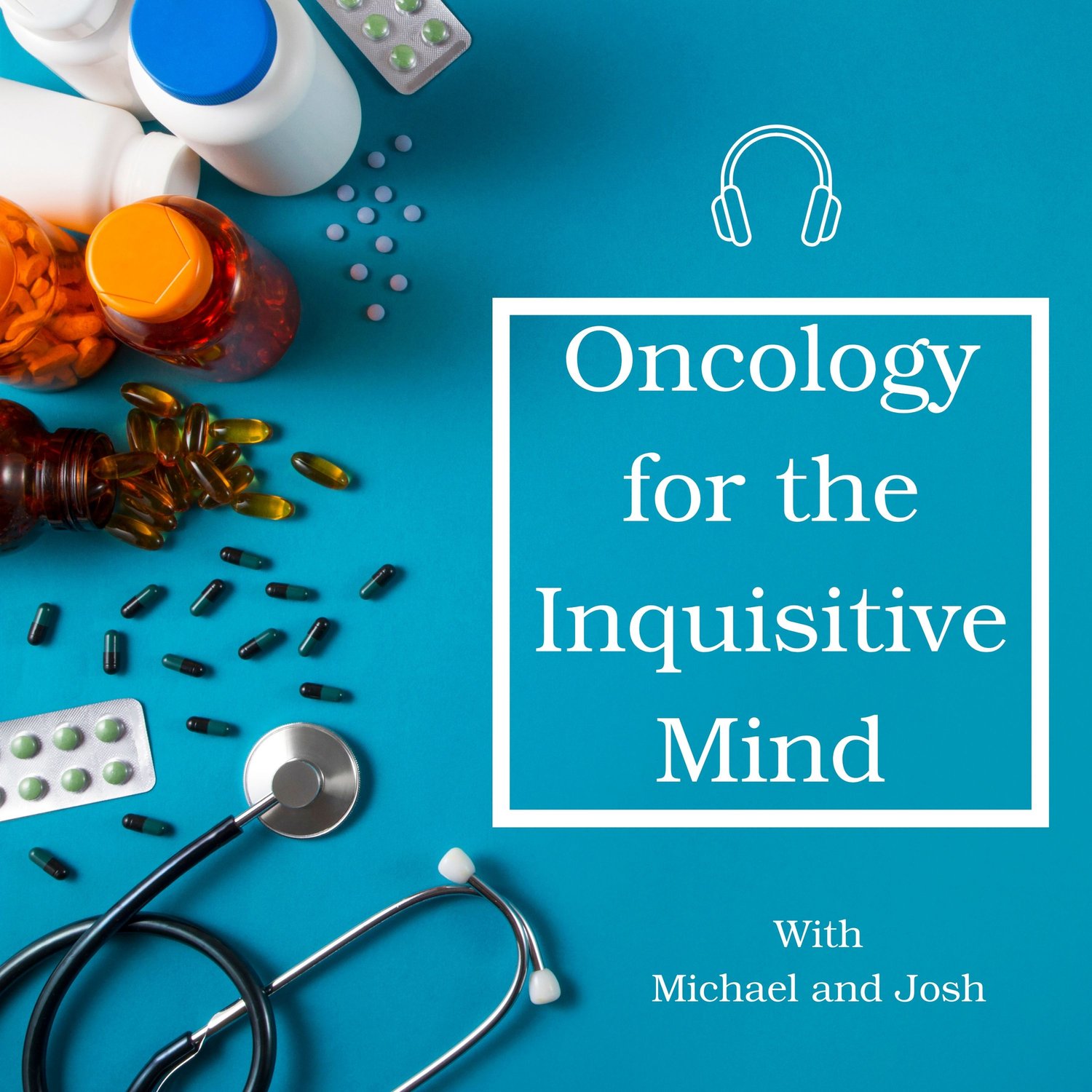Duration of Immunotherapy - Is Two Years Enough?
Most immunotherapy trials in the metastatic setting cease treatment at two years. At some level, this makes sense; extended follow-up of patients across tumour streams has consistently demonstrated a “flattening” of survival curves and durable response in a cohort of patients receiving immunotherapy. For example, the KEYNOTE-010 comparing second-line pembrolizumab to docetaxel in patients with non-small cell lung cancer (NSCLC) demonstrated that 83% were alive at 3 years after ceasing treatment at 2 years. However, less than half of those had survived without further progression.
Extending ICI treatment beyond two years also increases the risk of medical toxicity. Immune-related adverse events (irAEs) can affect a patient both during and after ceasing immunotherapy, so a longer duration theoretically causes a more sustained risk. While there is little data regarding the incidence of irAEs after two years, prevailing wisdom suggests that the balance between risk and benefit begins to skew towards increased risk the longer a patient remains on immunotherapy.
There is also the risk of financial toxicity. To illustrate, in Australia, immunotherapy costs over AU$1000 per dose per patient, a cumulative cost that is only set to increase given an ageing population and the increasing ubiquity of immunotherapy in cancer treatment. Despite these considerations, the possibility of a long-term response - and the consequences of treatment failure - are increasingly leading clinicians to continue immunotherapy until progressive disease or toxicity demands permanent cessation.
Limited course or an indefinite road. Which option is right?
A retrospective study published in JAMA by Sun, Bleiberg, Hwang et al., in September 2023 aimed to answer this. Using the Flatiron Health database, they accumulated 706 patients diagnosed with NSCLC who had received at least two years of treatment with an ICI. Patients were divided into the fixed group (ceased ICI therapy at two years) and the indefinite group (continued ICI with no end date). Patients with EGFR, ALK or ROS1 were excluded. Endpoints of note included overall survival and outcomes on ICI rechallenge in the fixed group.
Of note, the author’s original database search returned over 14,400 patients, but over 90% were excluded as they progressed within the first two years of treatment. Over 8500 patients in this excluded group died. This illustrates the ongoing need for better first-line treatment options for patients with NSCLC.
Of the 1039 patients who met the minimum threshold for treatment duration, 113 stopped treatment at two years, while 593 continued treatment beyond two years. Table 1. summarises the baseline patient characteristics.
Image courtesy of JAMA (2023)
Patients who ceased treatment at two years were more likely to be female, have squamous histology, be former or current smokers, and be treated in large academic centres. Other variables were similar between the two groups.
With a median follow-up of 14 months, there was no statistically significant difference in overall survival between the two groups. The likelihood of survival at 3 years was 89% in the fixed group and 91% in the indefinite group, while survival at 4 years was 79% and 81% in the fixed and indefinite groups, respectively. The adjusted hazard ratio for death in the fixed group compared to the control group was 1.33, but the p-value was 0.29.
11 patients in the fixed group were rechallenged with ICI following cessation at two years. All but one received the same ICI agent as their initial treatment. The median PFS2 in this group was 8.1 months. Outcomes for all patients are described in the swimmer’s plot below.
Image courtesy of JAMA (2023)
The Bottom Line
This retrospective study suggests that there is no overall survival difference between ceasing ICI treatment at two years and continuing until PD or toxicity. There is also a suggestion of benefit in rechallenging patients with ICI who progressed after ceasing at this timepoint. However, there are caveats and limitations that must be stated.
First and foremost, the study only examined patients with non-small cell lung cancer. As a result, data is only applicable - in the strictest sense - to this group of patients and extrapolation to other tumour types is not recommended. As noted by the authors, the study was only equipped to examine cessation of ICI at two years rather than continuously analyse multiple timepoints for treatment cessation.
Despite adjusting for several factors, including age, gender, race, ECOG PS, smoking history, and PD-L1 expression, the lack of prospective enrolment could mean that other factors influenced treatment decisions surrounding ICI. Despite well-balanced demographic factors across both groups, more than five times more patients were enrolled in the indefinite group than the fixed-duration group, which may have impacted the analysis. Similarly, only 11 patients were rechallenged after ceasing ICI at two years, so it is difficult to draw conclusions from these data.
In summary, this study is unlikely to change pre-existing opinions regarding the duration of immunotherapy. Larger prospective studies will undoubtedly shed more light on this topic. For the moment, however, the question of “how much immunotherapy is enough” remains unanswered.
Source:
Sun L, Bleiberg B, Hwang WT et al. Association Between Duration of Immunotherapy and Overall Survival in Advanced Non–Small Cell Lung Cancer. JAMA Oncol. 2023;9(8):1075-1082. doi:10.1001/jamaoncol.2023.1891


